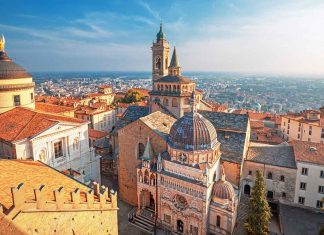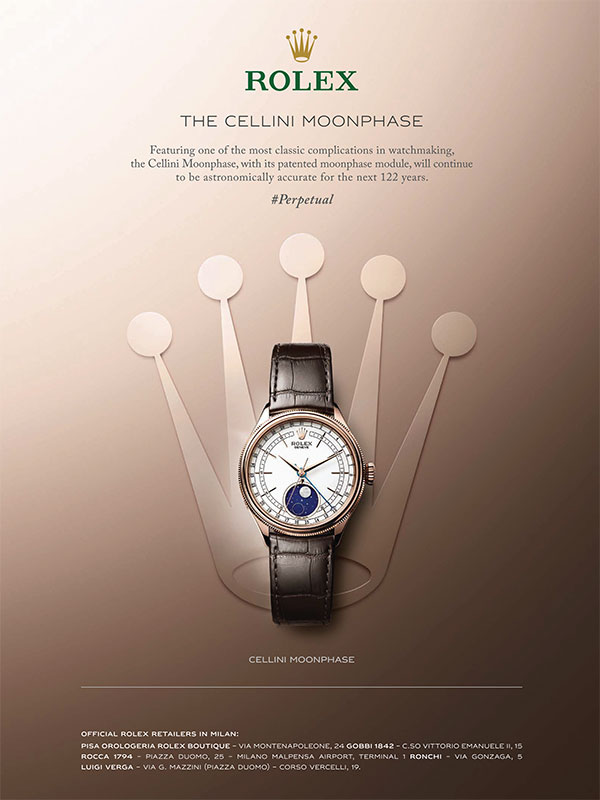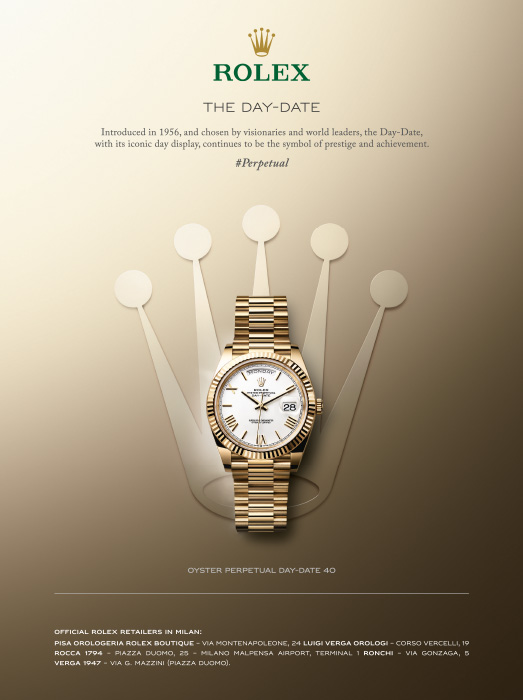www.crespidadda.it
T: +39 02 90939988
info@crespidadda.it
M1 (red line) and M3 (yellow line) Duomo
Crespi d’Adda is a working-class village built around the Crespi cotton mill in the late 19th century and recognised by Unesco as a World Heritage Site. A living open-air museum and an original destination for an excursion outside the city, this charming working-class village a few kilometres from Milan has remained unchanged over time.
The village, still inhabited by families linked to the factory and its history, allows you to experience a journey through the last 150 years of Italian history, discovering how people lived in and around the factory. An experiential route allows visitors to learn about stories, characters and rhythms of life in the past by visiting the village, the museum spaces, the former cotton mill and the hydroelectric power station located along the river.
In the village today live some three hundred inhabitants, mostly descendants of those who lived or worked there. It is made up of fifty-five small houses, those intended for the workers, almost identical and arranged aligned and equidistant along the streets, three palazzotti, the first dwellings built in Crespi d’Adda, the houses of the foremen and the villas of the managers. And then, again, by the public buildings: the wash-house, the dopolavoro, the hotel, the church, the theatre and the schools, to name but a few. Everything revolves around the large cotton mill, the factory, which, at the height of its commercial rise, housed up to four thousand workers and administrative employees and seventy thousand spindles.
The worker’s village UNESCO World Heritage
To visit Crespi D’Adda – a hamlet in the municipality of Capriate San Gervasio, in the province of Bergamo, less than 20 km from the provincial capital and about 40 km from Milan – is to take a journey into the world of industrial archaeology with an eye to the future. It is to discover a workers’ village born in 1876 thanks to the determined will and visionary imagination of Cristoforo Benigno Crespi, who built the village and the communal public buildings to serve the workers employed in the large cotton mill inaugurated in 1878, and their families. Crespi D’Adda was recognised as a UNESCO World Heritage Site in 1995.































